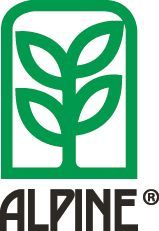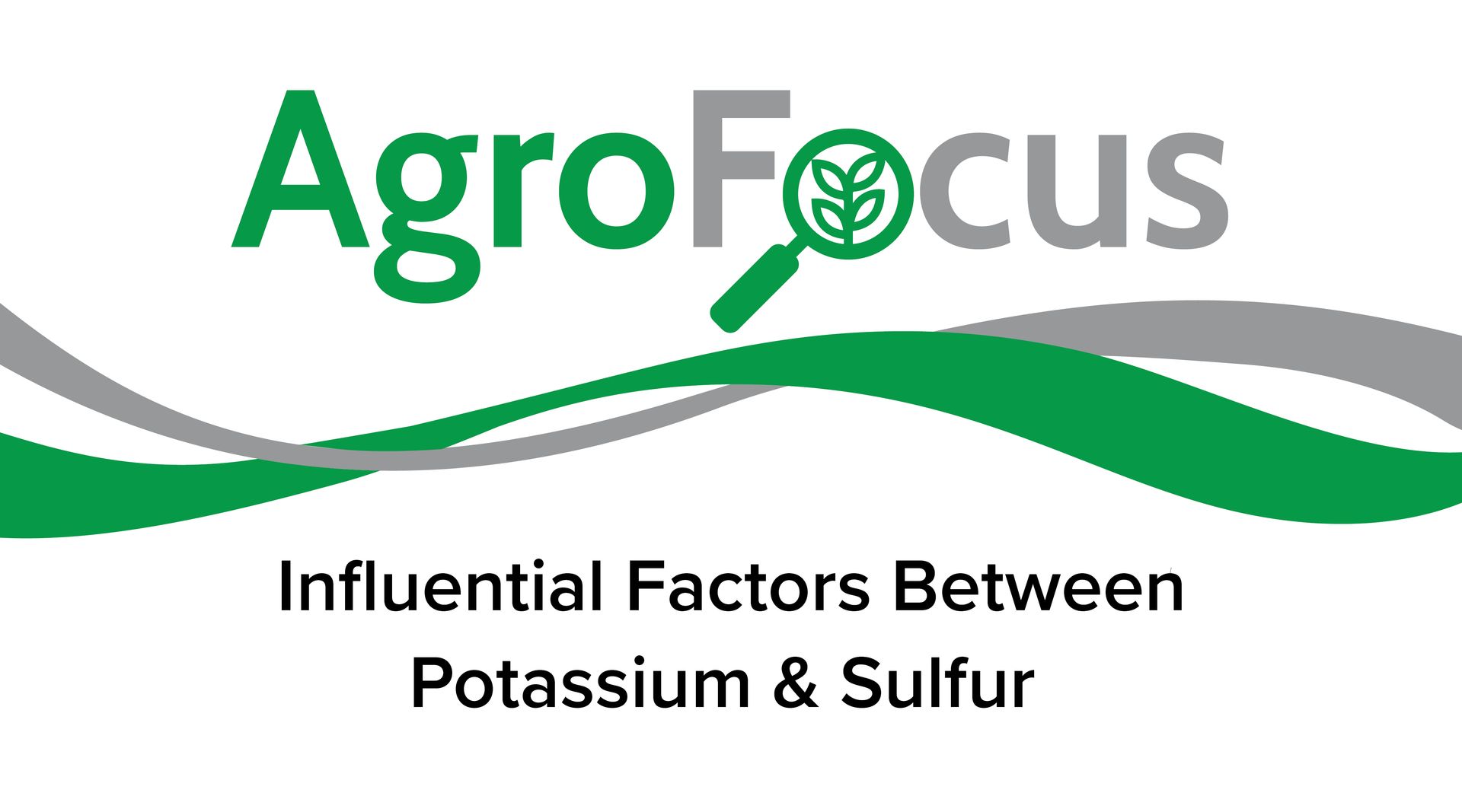Preparing for #plant16
There has been obvious delay in making decisions on crop inputs this spring. This is due to various reasons, for example, low grain prices and tight financing. These variables have the potential to affect the supply chain from a logistic point of view as we move closer to planting time. NACHURS has a full line of products that offer versatility and have put together programs for you to use as tools for financing. There are some things that we can do to help ease the bottle neck affect. I’m certain the majority of these points are currently in practice and can be found outlined below: Place order sooner than later; procrastinating puts everyone involved in a pinch. This often leads to making decisions out of fear and not logic. Be flexible on delivery or pickup date, with the majority of inputs being shipped and received during this time. There are only so many semis and so many drivers trying to share the road. Manage current inventories on a daily basis. If you do not have the capacity to hold all of your NACHURS products you will use for the year, keeping an eye on your inventory will allow you to avoid running out when you need it the most. Utilize products that offer the most flexibility. NACHURS NPK used at planting offers one of the best foliar fertilizers as well. Doing this will allow you to use your storage more efficiently. Rinse all hoses. Bubble all tanks before adding to or removing product. This will ensure the consistency of the fertilizer. Label all incoming products and make note of outgoing; this includes placing small amounts into totes (label the totes). Take advantage of NACHURS financing options. NACHURS and John Deere Financial have put together a tool for you to use if you need credit for purchasing NACHURS core and specialty products. Most of all be safe. If we keep up on all of these point our spring is sure to be a good one.-Joe Pflum, Northeast US Sales Agronomist
There has been obvious delay in making decisions on crop inputs this spring. This is due to various reasons, for example, low grain prices and tight financing. These variables have the potential to affect the supply chain from a logistic point of view as we move closer to planting time. NACHURS has a full line of products that offer versatility and have put together programs for you to use as tools for financing. There are some things that we can do to help ease the bottle neck affect. I’m certain the majority of these points are currently in practice and can be found outlined below:
- Place order sooner than later; procrastinating puts everyone involved in a pinch. This often leads to making decisions out of fear and not logic.
- Be flexible on delivery or pickup date, with the majority of inputs being shipped and received during this time. There are only so many semis and so many drivers trying to share the road.
- Manage current inventories on a daily basis. If you do not have the capacity to hold all of your NACHURS products you will use for the year, keeping an eye on your inventory will allow you to avoid running out when you need it the most.
- Utilize products that offer the most flexibility. NACHURS NPK used at planting offers one of the best foliar fertilizers as well. Doing this will allow you to use your storage more efficiently.
- Rinse all hoses.
- Bubble all tanks before adding to or removing product. This will ensure the consistency of the fertilizer.
- Label all incoming products and make note of outgoing; this includes placing small amounts into totes (label the totes).
- Take advantage of NACHURS financing options. NACHURS and John Deere Financial have put together a tool for you to use if you need credit for purchasing NACHURS core and specialty products.
- Most of all be safe.
-Joe Pflum, Northeast US Sales Agronomist










